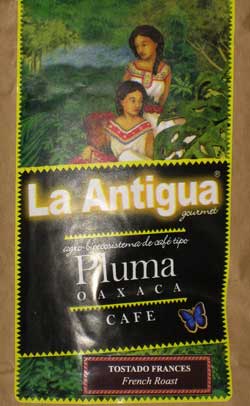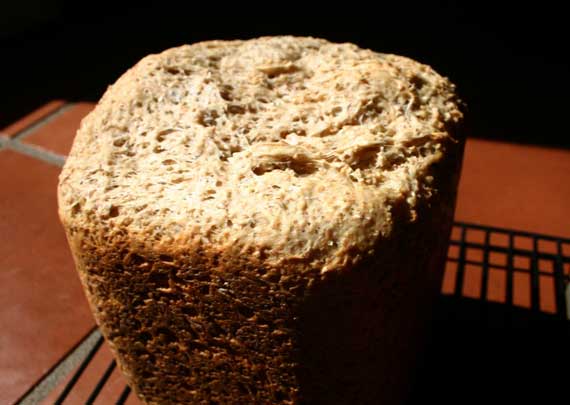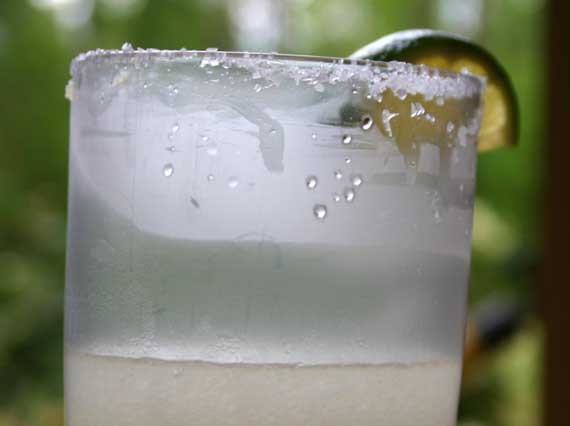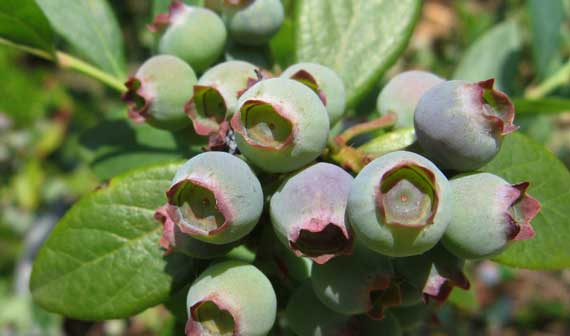Musings

Since I’ve been traipsing down to Oaxaca (not that I’ve been there lately, sadly)—which would be since 1989—there’s been a revolution in the coffee available to local consumers. Back then, the best coffee we could find to brew at home was, well, mediocre, which seemed distinctly odd since plenty of coffee was grown and harvested just a couple of valleys away. I always figured they exported the good stuff.
One time, in the early 90s, we went for breakfast on a Sunday morning in Cholula (okay, that’s really in Puebla, but it’s about the same distance from the coffee-growing areas), and when we finally found a place that was open (probably not a good sign, but we were hungry!), the coffee was, well, the worst possible. The kindly owner-chef, after she sent her daughter around the corner to buy some eggs (she came back with them carefully carried in a pouch she made with her skirt hem—really!), brought us mugs of hot water and a jar of powdered or freeze-dried coffee. Now some of this stuff wasn’t too bad (e.g., Nestle’s espresso). But this particular jar had the special stuff—if you were Mexican: the sugar was already mixed in!
The look on my SIL’s face (a native Seattle-ite), who was desperate for some black drink: precious.
Now, they’ve got some fine coffees (right there next to the viscous mole negro starter paste, the all-time favorite of foodies visiting OAX), with lovely winsome lasses on the label, and we have some fresh from the southland, a thoughtful gift from considerate friends.
Posted at 5:49 PM |
Comments Off on Café tipico

And “bread” for the French had extremely stringent and precise connotations, well crusted with an alveolated crumb, kneaded from white flour and made by a slow and arduous process of fermentation and baking.
Extra points for using “alveolated.”
Hand’s down, the best bread I’ve had was from Parisian bakeries, although I didn’t have any French sourdoughs.
This home recipe does just fine, though, especially in the Guru’s renditions, although I’m certain that use of a home bread machine is anathema to the French concept of bread. I was fortunate to get the Guru to make me a loaf before he left for Apple doin’s in SF.
Posted at 4:50 PM |
Comments Off on “…alveolated crumb…”

Need I say more than that today was Mandatory Fun Day? Well, I could say that I avoided the margaritas, although they looked frosty and tasty.
Posted at 10:22 PM |
Comments Off on MFD

Yeah, I know these are wasabi peas not chickpeas….
Most people theorizing on the origins of plant domestication—agriculture—get around to improved dietary energy sources and risk reduction sooner or later. In other words, they find 1) the calories with respect to the energy involved in production, especially of grain species were improved with domestication and formalized planting/growing, and 2) the assumed storage potential for grains and seeds means the food source is available for a longer period.
In a recent article, researchers propose that the chickpea has a somewhat different story behind it. Both its wild progenitor and domesticated versions have elevated levels of tryptophan, which increase serotonin in the brain. Increased serotonin means increased satiety, and, possibly, increases in cognitive performance, thus lowering aggression and improving social integration (yeah, I’m collapsing the argument substantially here). The enriched tryptophan diet also increases ovulation rates, and increases demographic potential. The chickpea was, as I understand it, the largest pulse in use at that time (over 10K yrs ago), so had, you might say, the most bang for the buck along these lines.
I take it as a given that long before the Neolithic revolution, our ancestors were very aware of biochemical inputs from dietary sources, so I don’t find this farfetched. Nutritional subtleties had to have been factors in domestication and the adoption of agricultural practices. That and the great fun attached to consuming fermented starchy foods…but that’s another topic….
Posted at 10:22 PM |
Comments Off on Chickpea history

The Guru with a favorite product*—at Manuel’s Tavern (the man’s name unexpectedly pronounced like the helpful book or guide).
* Thanks, Leslie.
Posted at 10:39 PM |
Comments Off on Catch-up

Mostly we opened the prosecco because it’s tasty and fun to drink. We also opened it in honor of Mom’s b-day. And because we dined on The Best Food with the lovely M and the musical B, and their entrancing daughter G. In Lexington KY. Where the Guru and I also learned that the Lexmark brand (printers) is named that ’cause it’s from Lex KY!
Posted at 10:22 PM |
Comments Off on Prosecco bubbles

One day early, we celebrated and celebrated Someone’s 88th! We were split on whether the biggest (edible) treat was the Botanist’s first big picking of strawberries or my killer brownies.
Special thanks to all who visited, sang, and/or sent cards!
Posted at 10:22 PM |
5 Comments »

Against our normal pattern of avoiding dining out on Fridays and Saturdays, we visited Atlanta’s The Globe for the first time, enjoying a range of dishes. This chair watched over us as we walked from the parking garage to the restaurant.
I’ve spent many afternoons and evenings, back in the day, at a different Globe, a bar in Athens (and, yes, I know John S, pictured on that link). For years, we would stop in for Friday-fest, and enjoy the popcorn and peanuts (when the machines were working). Now, I think the current version of the Friday-group meets at another establishment, a bit cleaner one….
The bar-folk at the Globe in Athens used to be famous for turning up the lights at closing time (when they had to empty the place or risk fines), climbing on the bar, and screaming “Get the eff out of here!”
Posted at 10:22 PM |
Comments Off on The Globe

No doubt about it, garlic is a wonderful plant.
My favorite book about garlic (not that I can say I’ve read any others!) is Stanley Crawford’s Mayordomo: Chronicle of an Acequia in Northern New Mexico.
However, a wee bit of googling indicates he’s actually (as of 1998, so I’m out of it) written a separate title on garlic—I haven’t read it, but if I did…?
BTW, acequias are irrigation ditches, and in Crawford’s part of the world they are maintained and managed according to an ancient system, collectively, by those who use the water from it. The mayordomo is the person who makes the decisions about who get how much water, when the participating farms (meaning fields and acreages) will supply day-laborers (this is corvée labor, known as tequio duties in Mexico), and other business of the acequia. This acequia mayordomo is not a permanent position, but rotates through the participating landowners. Thus, Crawford writes about his own experiences as a (green, inexperienced) mayordomo….
Posted at 10:22 PM |
Comments Off on Garlic sky

”Boo-berries” are just beginning to get some color over by Pine Mountain (well, the potted ones, anyway).
Posted at 10:22 PM |
1 Comment »









